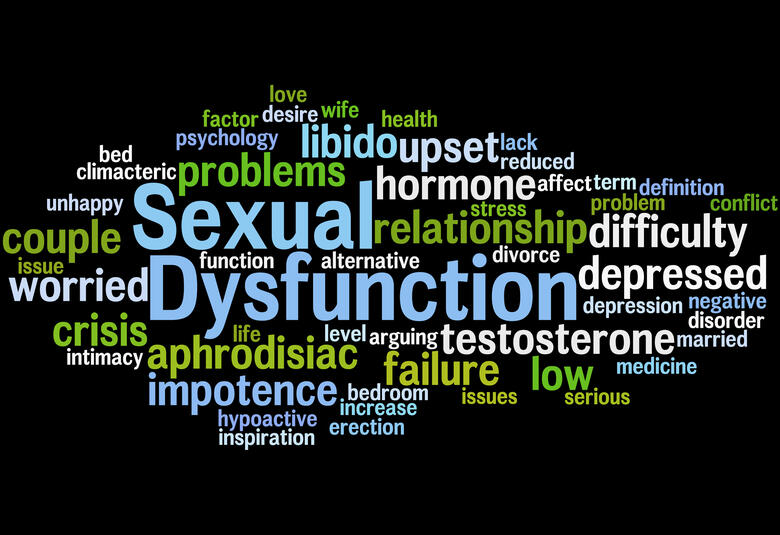Listen carefully – that ‘f’ mentioned ahead of the well-known three-letter acronym of MRI may actually refer to ‘pharmacological’ MRI and not ‘functional’. Confused? Not if you attended the ECNP Clinical Research Track symposium on “Pharmacological, functional MRI for neuropharmacological assessment.”
Pharmacological functional magnetic resonance imaging (phMRI) studies are increasingly being used in the neuropharmacological assessment of a variety of established and emerging therapies.
One of key pioneers of phMRI, Dr Bruce Jenkins of the Massachusetts General Hospital and Harvard Medical School in the USA gave a rapid-fire opening lecture at a symposium on Sunday which spanned the preclinical use of this modality and its potential role and study in psychiatric disorders.
Dr Jenkins explained that unlike the neuroimaging techniques of PET and SPECT scanning, phMRI gives a proxy of brain activity - a more indirect read-out of neurotransmitter system activity or the pharmacological manipulation of neurotransmitter systems. This form of MRI visualizes haemodynamic activity, and Dr Jenkins described phMRI as helping opening up “the black box” on neuro-vascular coupling.
He clarified the different types of phMRI that have been used in preclinical research studies to date, including gradient echo BOLD, spin echo BOLD, arterial spin labelling (ASL) and increased relaxation for optimized neuroimaging (IRON).
Agents which have agonist properties at DA 2, 3 or 4 receptors will decrease neurovascular perfusion, while those with agonist activity at D 5 receptors will increase vascularisation.
Altered Images
According to Dr Jenkins, interpreting phMRI results can be complex, although this methodology can allow assessment of both neural activation and inhibition, as well as showing the downstream effects of altered neural activity. Dr Jenkins said that interpreting phMRI results when using pharmacological agents with activity on dopaminergic systems can be hampered not only because of the ubiquitous nature and reach of dopaminergic pathways, but also because of the diverse actions of such drugs. For example, agents which have agonist properties at DA 2, 3 or 4 receptors will decrease neurovascular perfusion, while those with agonist activity at D 5 receptors will increase vascularisation. Molecules that act as agonists on GABAa receptors, he explained, have a more clear-cut, easy to interpret impact, increasing neurovascular blood flow in more discrete regions.
Human League
According to Dr Mitul Mehta of King’s College, London in the UK, experience with, and the available techniques for, phMRI are more limited in humans than is the case for animal studies. ASL MRI is the most often used in human studies.
Dr Mehta shared some tips for using phMRI in human subjects. To ensure the reliability of results, phMRI requires considerable data modelling to control for variability. He stressed the importance of taking baseline assessments, regardless of the type of study design (in-patient changes from baseline, parallel placebo-design or cross-over design).
While Dr Mehta noted that much is still being learned about the potential and the limitations of phMRI in human clinical research, the technique is gaining ground in certain areas of study.
Orchestral Manoeuvres in the Dark
Dr Liesbeth Reneman of the Academic Medical Centre in Amsterdam in The Netherlands, for example, highlighted that this imaging technique could play a role in patients for whom exposure to radioisotopes (as required for other neuroimaging techniques) would be contraindicated. Dr Reneman has used phMRI to look at lesion models of serotoninergic and dopaminergic systems. She likened phMRI to giving the sound of the whole orchestra – not just a single instrument – by which she meant that a complete but complex read-out is given – rather than a single clear signal or brain activity.
Rounding off the symposium, Dr Cristina Marta Del-Ban from Brazil described some of her research using phMRI to study emotional processing, using face recognition models to study altered emotional processing in healthy subjects and in people with conditions such as depression and anxiety. She sees a future for phMRI used in combination with psychological test paradigms to help improve understanding of the impact of agents such as antidepressant on emotional biases, and consideres the technique will help towards achieving the goal of more personalized treatments for patients.
Our correspondent’s highlights from the symposium are meant as a fair representation of the scientific content presented. The views and opinions expressed on this page do not necessarily reflect those of Lundbeck.




